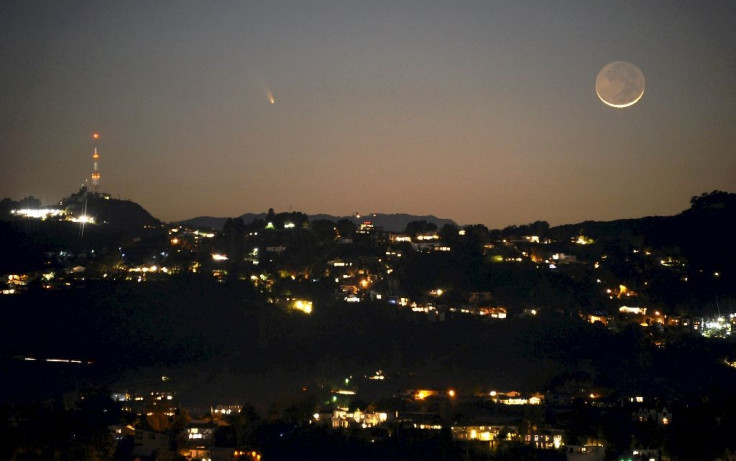Moon Hides Aldebaran: When To Watch Moon Occulting The Brightest Star In Taurus Constellation

Parts of the world will be able to witness a celestial wonder on Saturday, when the moon occults Aldebaran — the brightest star in Taurus constellation. The phenomena will be visible in the U.S., Mexico and the western Caribbean.
Aldebaran will pass behind a waxing crescent moon on March 4. The star will disappear behind the dark, unlit part of the moon and reappear after about an hour next to its lit side.
The most amazing view of the occultation will be from parts of north and northeastern U.S. — regions that lie along the occultation's northern limit, according to Sky & Telescope. You can find the most precise location to watch the phenomena here.
The occultation will remain visible at night throughout Mexico, most of Central America, the western Caribbean Sea, and Bermuda. However, it will take place in daylight in Hawaii with the Aldebaran disappearing at 3:33 p.m. HST in Honolulu.
In case the sky overcast, do not be disappointed. Aldebaran and the moon are likely to continue the event every month for the rest of the year, according to EarthSky. The occultations began on Jan. 29, 2015 and are expected to last till Sep. 3, 2018.
The EarthSky report said that about about seven-and-a-half years from now, the moon will reach a northern extreme in Taurus and will hit Alcyone, the brightest star in the Pleiades star cluster, for several months. This will happen from Sep. 5, 2023 to July 7, 2029.
Here are timings for some of the cities where the moon-Aldebaran occultation will take place.
New York City, New York: Aldebaran disappears at 11:10 p.m. EST and reappears at 11:31 p.m. EST
St. Louis, Missouri: Disappears: 9:52 p.m. CST and reappears: 10:42 p.m. CST
Denver, Colorado: Disappears: 8:33 p.m. MST and reappears: 9:33 p.m. MST
Seattle, Washington: Disappears: 7:21 p.m. PST and reappears: 7:50 p.m. PST
You can check timings for your location here. However, make sure you convert the Universal Time to your local time.
© Copyright IBTimes 2025. All rights reserved.






















